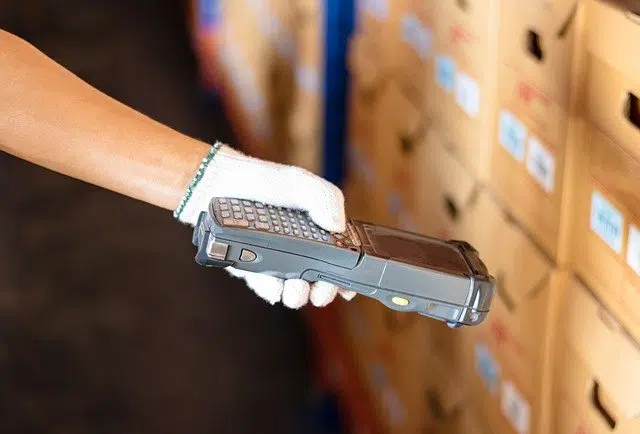
There are multifunction devices that include a scanner, printer and copier in the same unit.
The English term scanner came to Spanish as a scanner . This is a device used for scanning and recording an image . The result of this activity is translated by the scanner into electrical signals that can be processed.
The computer scanner or computer scanner is the most popular. This peripheral uses light to convert images (a document, a photograph, etc.) into a digital file. Once this file is obtained, it can be edited and modified on the computer .
History of the computer scanner
The first scanner of this type was developed in 1984 . It only generated black and white images, with low resolution. Over the years, the quality of the result improved a lot. Nowadays, the scanner is usually integrated into the printer , giving rise to what is known as a multifunction printer .
Scanning an image is a process that presents a relatively high degree of complexity if we want to obtain the best results, but it can be considerably simplified if we take advantage of the assistance provided by specialized programs. For a user without technical knowledge about the image, just press a button and in a few seconds the capture will be finished, generating a file in the program's default folder. The others, however, must pay attention to various parameters.
Resolution and depth
One of the most important properties of a scanner is the resolution it is capable of capturing, which is measured in dots per inch (this unit of measurement is known as dpi ). This value is of utmost importance for people who want to print their scanned documents and photos, and therefore it must correspond to the capabilities of the printer so that the selected quality can be used.
On the other hand is the color depth (also known as bpp or bits per pixel ). This is a concept that refers to the number of bits needed to represent the color of each pixel. The greater the color depth, the more colors the scanner can capture (on monitors, this is reflected in the number of colors it can reproduce).
For document capture, optical character recognition is very useful, a process that the computer must perform on the scanned image to identify alphanumeric characters and convert the file to a text document. This saves the user the need to enter it by hand.

A barcode scanner is prepared to "read" this type of code.
Phone scanner and barcode reader
The popularity of the scanner as an image capturing device has taken a very particular path, with a rapid rise to the peak and a fall before an unexpected rival: the mobile phone. Although a phone's camera cannot offer the same precision when scanning a document, most people prefer it to a traditional scanner because it takes up less space, they always have it with them and thus eliminates the need to purchase and maintain another device.
A barcode scanner , on the other hand, is a machine that can "read" a barcode (a series of lines of different thickness and different spacing that contain information). The scanner records the code in question and sends it as an electrical signal to a decoder that displays the data.
Its use in medicine and security
In medicine , on the other hand, there are different kinds of scanners. Using x-rays , magnetic resonance imaging, ultrasound or ionizing radiation, these devices offer images of the inside of the body (organs, bones, etc.). Scanning studies are very important in the diagnosis and treatment of many health disorders.
A body scanner , finally, is a security device that allows a person to be searched without establishing physical contact. Using high-frequency radio waves, the scanner can show the objects that the individual is carrying under their clothing.
